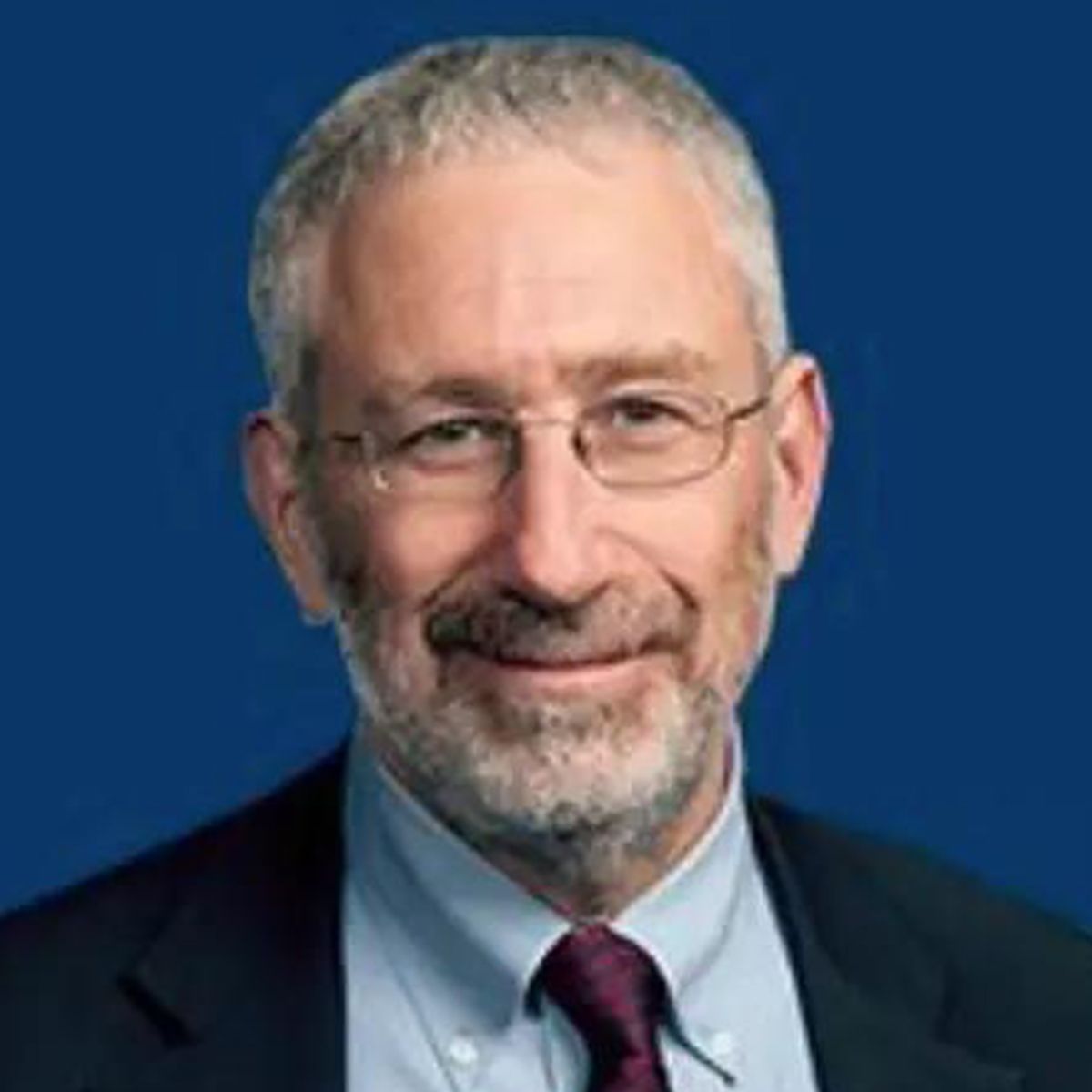Video
Treatment in Older Patients with High-Risk MDS
Author(s):
Azra Raza, MD, discusses considerations for use of hypomethylating agents in older patients with high-risk myelodysplastic syndrome.
Gail Roboz, MD: I think all of us are now talking about patients for last few minutes who are transplant-eligible patients. That's not defined by age, it's defined by a whole complex mix of co-morbidities and patient-related factors and family factors and donor factors. We've been talking about patients who are on the transplant train, but the median age of diagnosis of MDS is high and we all know that some of those patients are never going to go on to a transplant either because they're too smart to do that to themselves or because we feel that there's just no way. My question to Azra who is again, known for being particularly kind to patients and not putting them through therapies that don't work, what is the role, do you think of a hypomethylating for a patient who's now cytopenic transfusion dependent, high-risk MDS but who is 75 and not necessarily in great shape for a transplant? The drugs are supposed to make you a little bit better in terms of transfusion dependence and prolonged survival. Is that what you're seeing for your older high-risk patients, and do you give it a try?
Azra Raza, MD: Thank you, Gail. Before I answer this, I do want to make a comment on what was said earlier about softening the bone marrow. I agree with Amy that it's important to try and get some kind of normalization if we can. I think of it like when we give induction therapy, it's very badly tolerated, but when we give consolidation therapy because we are dealing with a normal marrow, the same seven and three doesn't have that many horrible effects. Somehow a normal bone marrow would tolerate this better. While I believe that now the insistence of some transplanters in the country of bringing down the blast count below 5%, even if we have to give induction therapy, which will then be followed by a preparative regimen for the transplant, which I think gets to be too much to put people through, especially most of my patients are in their sixties who are being transplanted and to give them seven and three, get them through that and then put them through a preoperative regimen too much. While their softening of marrow is important, I don't believe in really trying to get to that magic number of below 5%. Now you ask a question which is so practical about a true high-risk patient who was basically now in need of treatment who is 75 years old so transplant is not an option. Aggressive therapy is not an option. I think actually this is the perfect candidate for HMA therapy. Absolutely, the person for whom this is made because when we compare these kinds of patients and treating them with HMA in the phase 3 trial of azacytidine, reassured almost doubling of survival. Clearly this is a patient I would guess unless there is a clinical trial available, which I always give preference to over this.
Gail Roboz, MD: I think I really wanted to drive that home because I think that sometimes there is this concept that the HMAs are used on your way to something. I worry that patients are getting forgotten, who might be older or have other comorbidities and not necessarily be "On their way to something else." But I agree with you, and I do the same for my patients, that there is a benefit that we did see in the phase 3 trials, including for quality of life. This concept, it's almost like a nihilism that I used to see in the AML patients that what's the point. Well, there is a point you get. You do get prolonged survival with increased counts. I think I just wanted to underscore that point not just to view all of this as on the way to something because life is happening when you're not on the way to your transplant too and we want that to be as long as possible and with as good counts as possible.
Transcript Edited for Clarity








